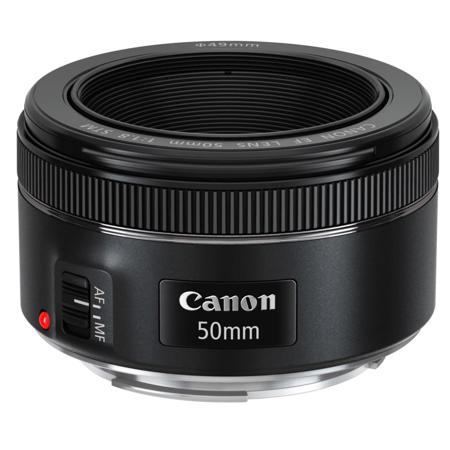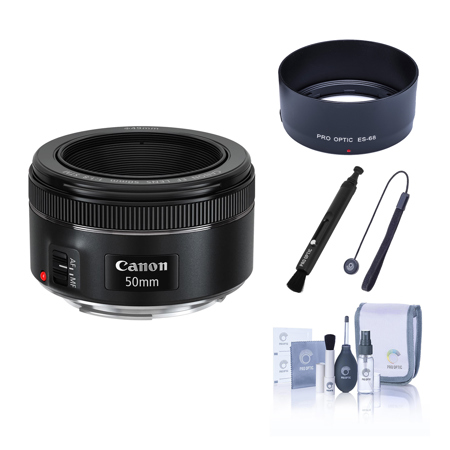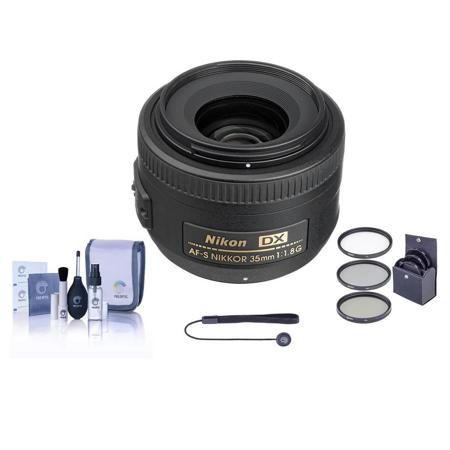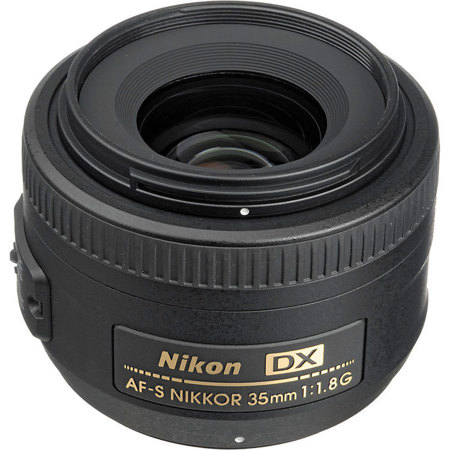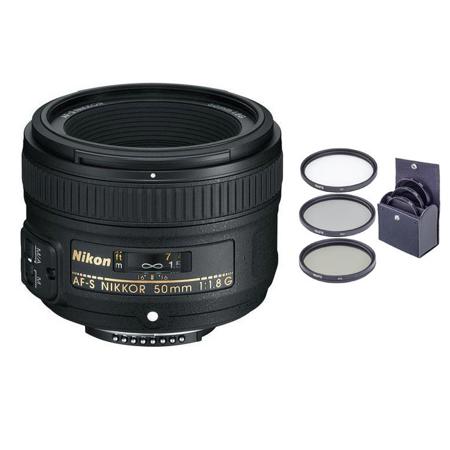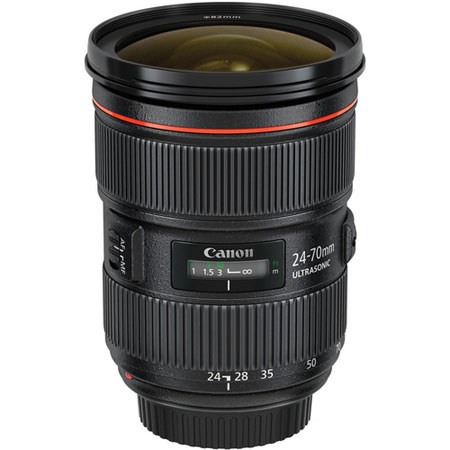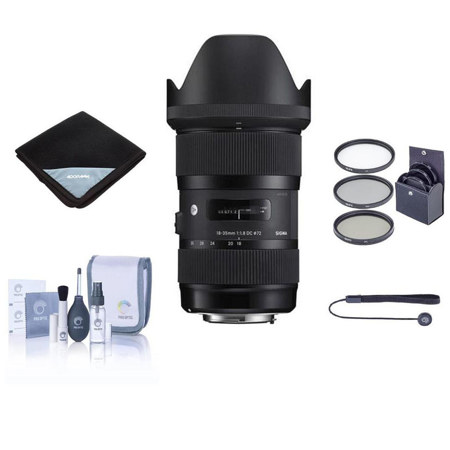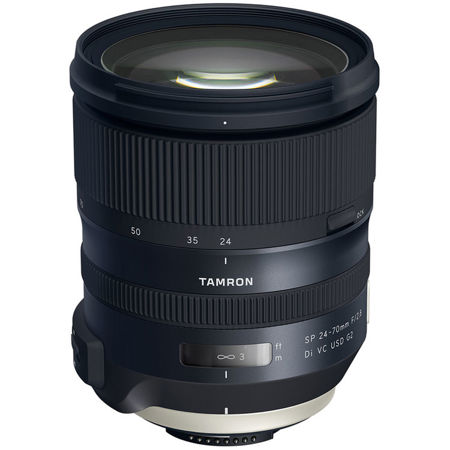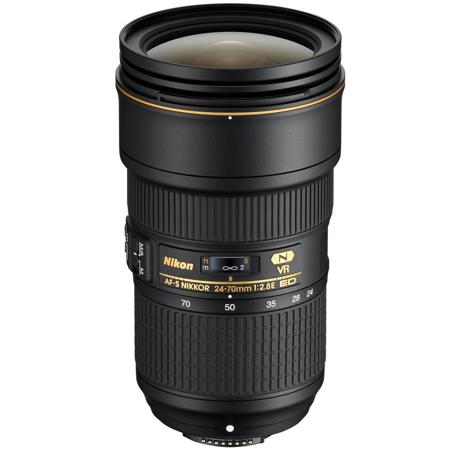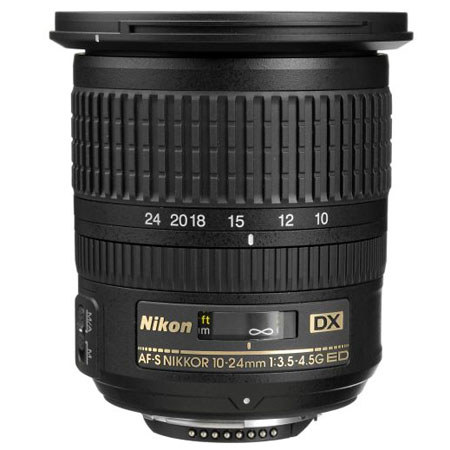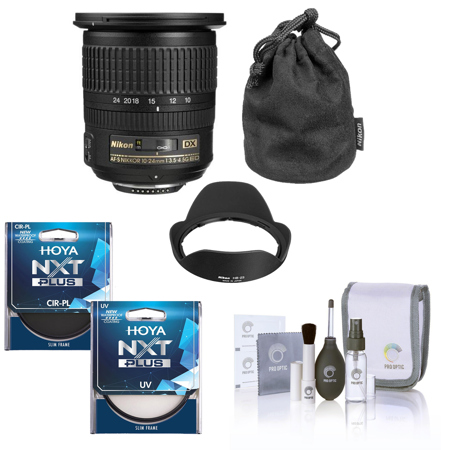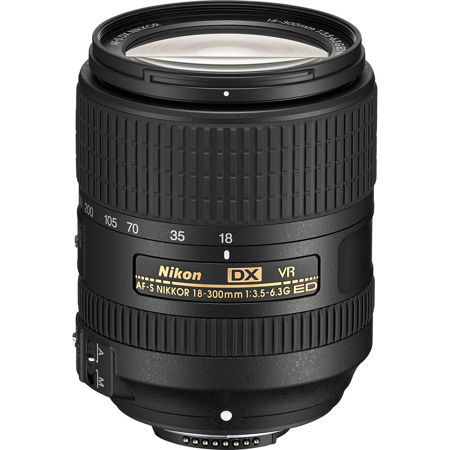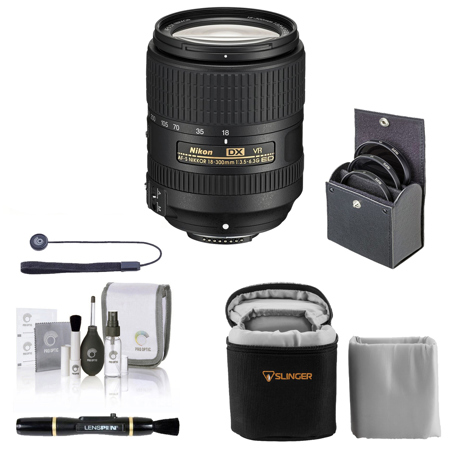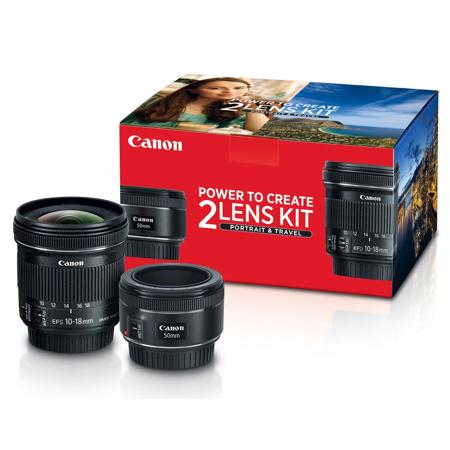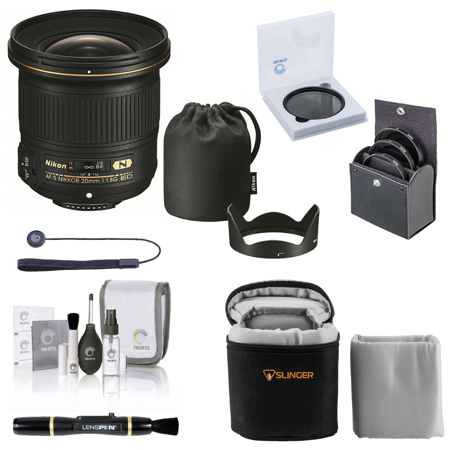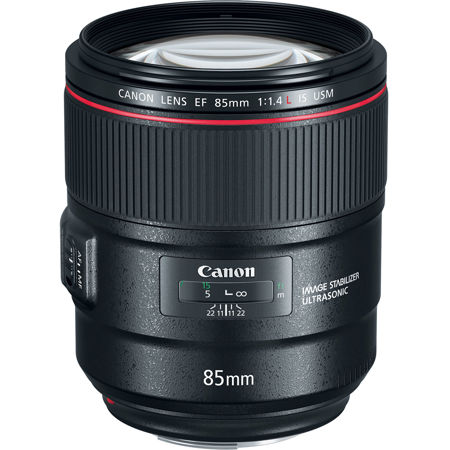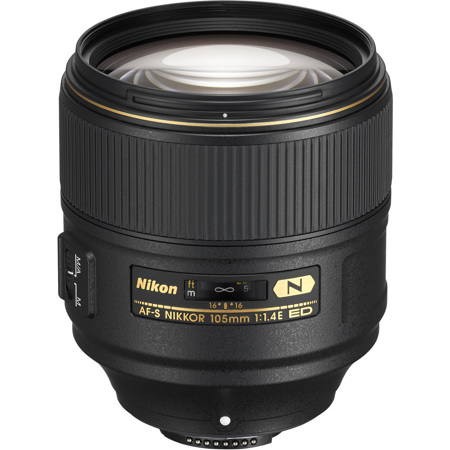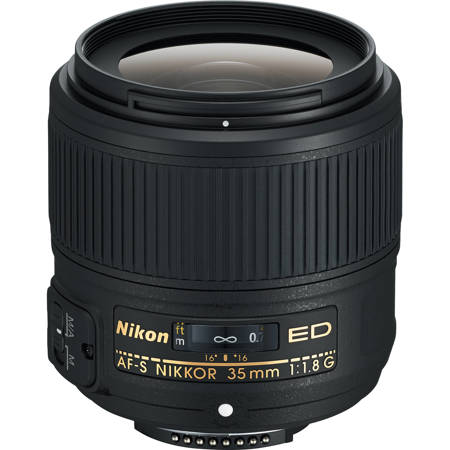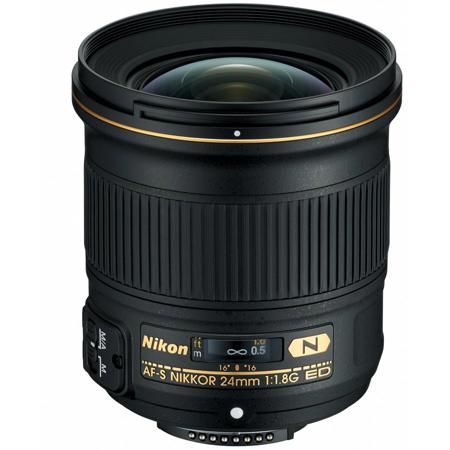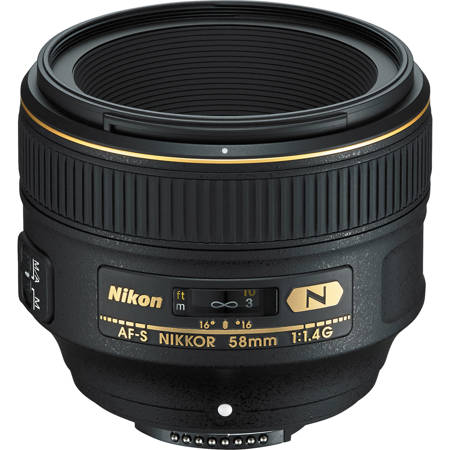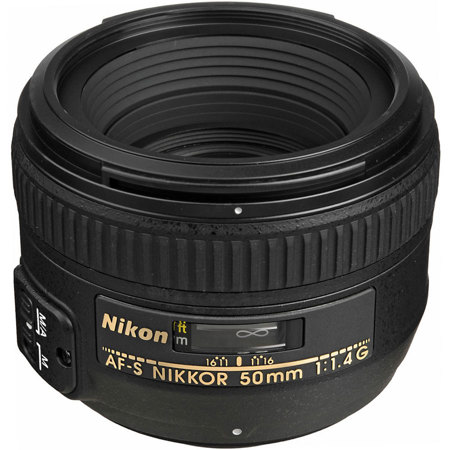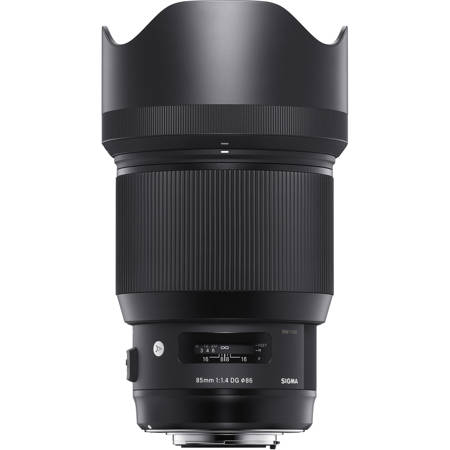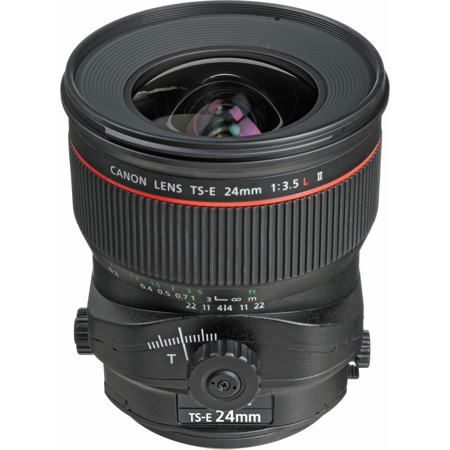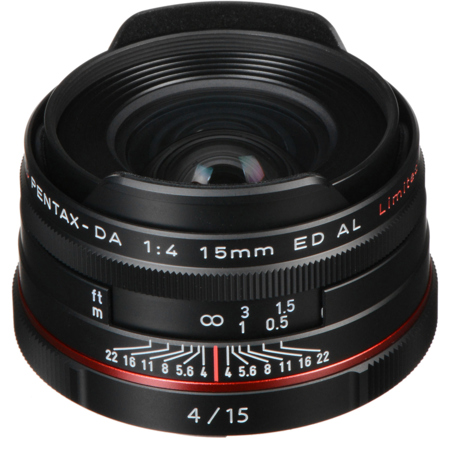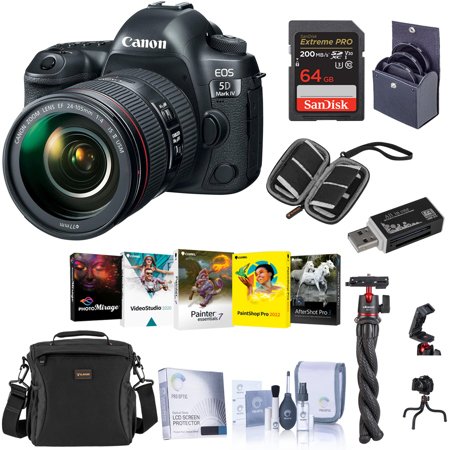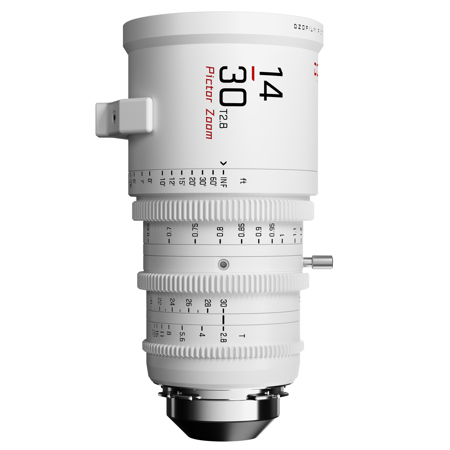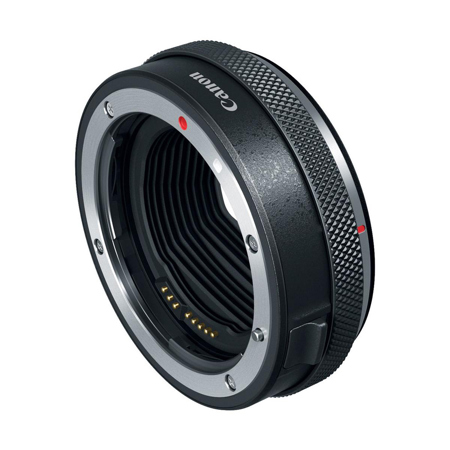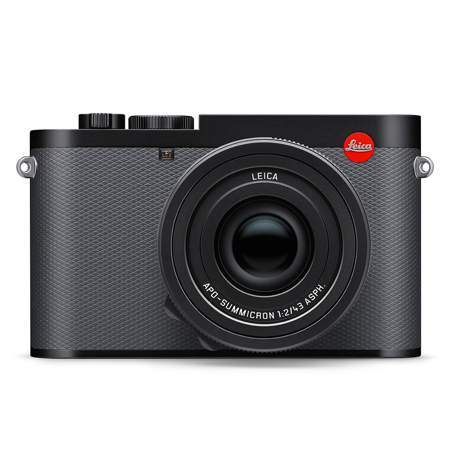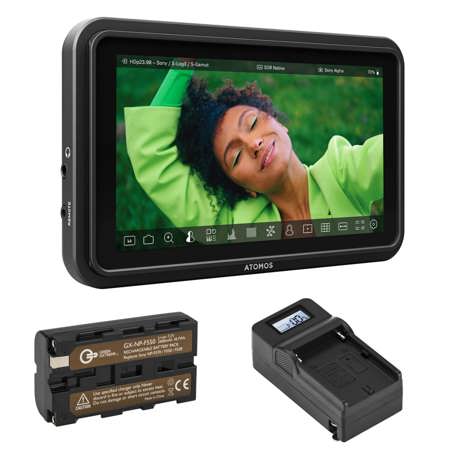DSLR Camera Lenses for Filmmaker's Week
As autumn settles in and the days grow shorter, filmmakers and visual storytellers embrace the unique opportunities this season brings—rich golden light, dramatic skies, and vibrant landscapes that beg to be captured on camera. For those preparing for Filmmaker’s Week, selecting the right DSLR camera lens becomes an essential part of the creative process. Whether you’re a seasoned cinematographer, a content creator working on short films, or a passionate hobbyist documenting the changing world around you, the right lens can make all the difference in translating your vision to the screen. DSLR lenses offer an impressive range of focal lengths and aperture options, each tailored for a specific cinematic effect. Wide-angle zooms are perfect for establishing shots, expansive vistas, or immersive scenes in tight interiors, while standard zooms provide versatility for everything from handheld documentary work to narrative filmmaking. Telephoto lenses, on the other hand, allow for intimate close-ups and subject isolation, ideal for interviews or capturing subtle emotions from a distance.
For those new to filmmaking or looking to expand their toolkit, prime lenses are often a revelation. There’s something magical about the way a fast prime lens renders a scene—backgrounds melt away into creamy bokeh, and subjects pop with striking clarity. A 50mm prime, often called a “nifty fifty,” is a classic starting point, offering a natural perspective that flatters both faces and environments. Meanwhile, a 35mm or 28mm lens provides a slightly wider view, perfect for dynamic street scenes or the kind of fluid camera movement favored in modern cinema. More advanced filmmakers might gravitate toward specialty glass, such as ultra-wide lenses for dramatic architecture or anamorphic options that evoke the grand, sweeping aspect ratios of Hollywood’s golden age. Each lens brings its own character to a project, and for many, collecting lenses becomes as much a part of the artistic journey as the films themselves. With the arrival of fall, gifting a versatile lens can be a thoughtful way to support a loved one’s creative ambitions—ideal for students embarking on film school, professionals upgrading their kit for the busy season, or anyone eager to experiment with new visual styles.
When choosing a DSLR lens for filmmaking, it’s important to consider both the technical requirements of your project and the emotional tone you wish to convey. Fast apertures are invaluable for shooting in natural light, especially during golden hour or in moody, low-light interiors. Image stabilization can help achieve smooth, handheld footage, while quiet autofocus motors are crucial for capturing clean audio on set. Filmmakers often build their lens collections over time, starting with a dependable zoom or a beloved prime, then adding specialty pieces as their style evolves. Compatibility with your camera system is also key—those working with Nikon cameras, for example, can explore a curated selection of options at Nikon Lenses For Filmmaker's Week. Ultimately, the best lens is the one that helps you tell your story with confidence, whether you’re chasing the last light of a September evening, capturing candid moments at a family gathering, or crafting a cinematic masterpiece for the big screen. Investing in quality DSLR lenses not only elevates your filmmaking but also opens up a world of creative possibilities, season after season.
For those new to filmmaking or looking to expand their toolkit, prime lenses are often a revelation. There’s something magical about the way a fast prime lens renders a scene—backgrounds melt away into creamy bokeh, and subjects pop with striking clarity. A 50mm prime, often called a “nifty fifty,” is a classic starting point, offering a natural perspective that flatters both faces and environments. Meanwhile, a 35mm or 28mm lens provides a slightly wider view, perfect for dynamic street scenes or the kind of fluid camera movement favored in modern cinema. More advanced filmmakers might gravitate toward specialty glass, such as ultra-wide lenses for dramatic architecture or anamorphic options that evoke the grand, sweeping aspect ratios of Hollywood’s golden age. Each lens brings its own character to a project, and for many, collecting lenses becomes as much a part of the artistic journey as the films themselves. With the arrival of fall, gifting a versatile lens can be a thoughtful way to support a loved one’s creative ambitions—ideal for students embarking on film school, professionals upgrading their kit for the busy season, or anyone eager to experiment with new visual styles.
When choosing a DSLR lens for filmmaking, it’s important to consider both the technical requirements of your project and the emotional tone you wish to convey. Fast apertures are invaluable for shooting in natural light, especially during golden hour or in moody, low-light interiors. Image stabilization can help achieve smooth, handheld footage, while quiet autofocus motors are crucial for capturing clean audio on set. Filmmakers often build their lens collections over time, starting with a dependable zoom or a beloved prime, then adding specialty pieces as their style evolves. Compatibility with your camera system is also key—those working with Nikon cameras, for example, can explore a curated selection of options at Nikon Lenses For Filmmaker's Week. Ultimately, the best lens is the one that helps you tell your story with confidence, whether you’re chasing the last light of a September evening, capturing candid moments at a family gathering, or crafting a cinematic masterpiece for the big screen. Investing in quality DSLR lenses not only elevates your filmmaking but also opens up a world of creative possibilities, season after season.
